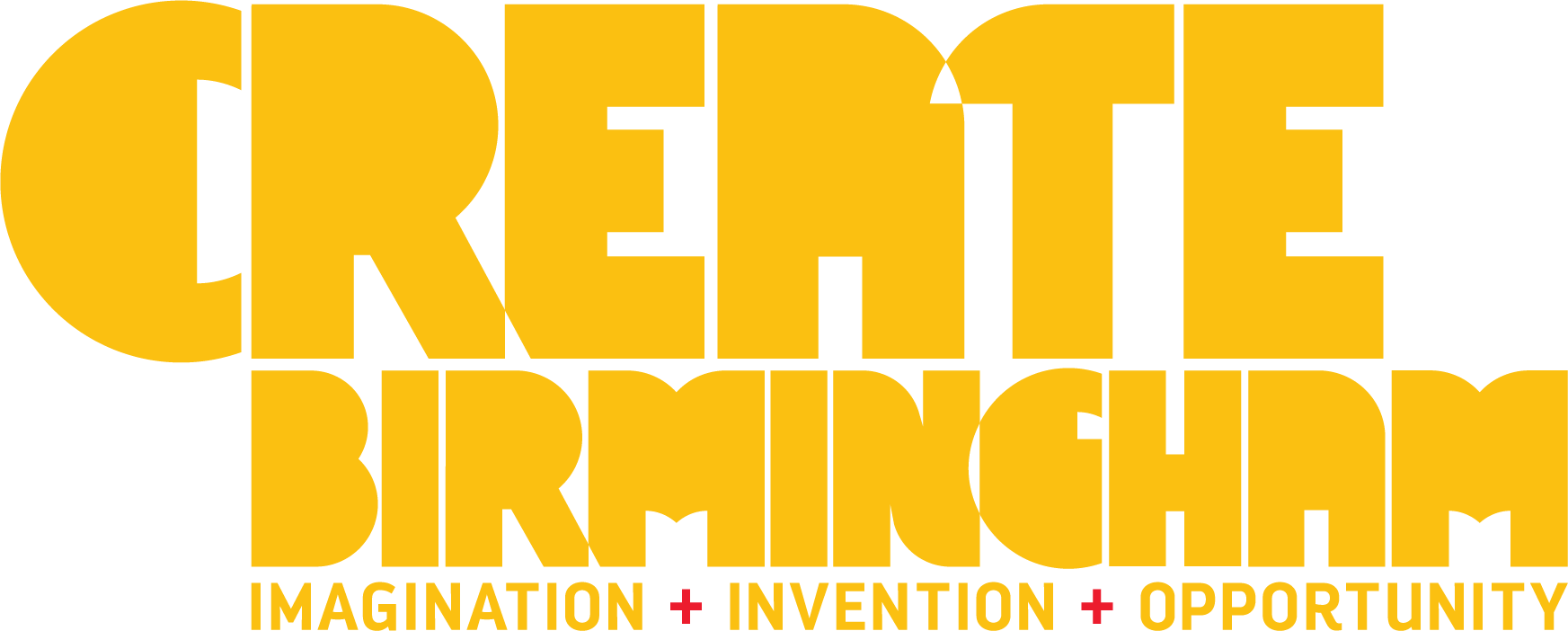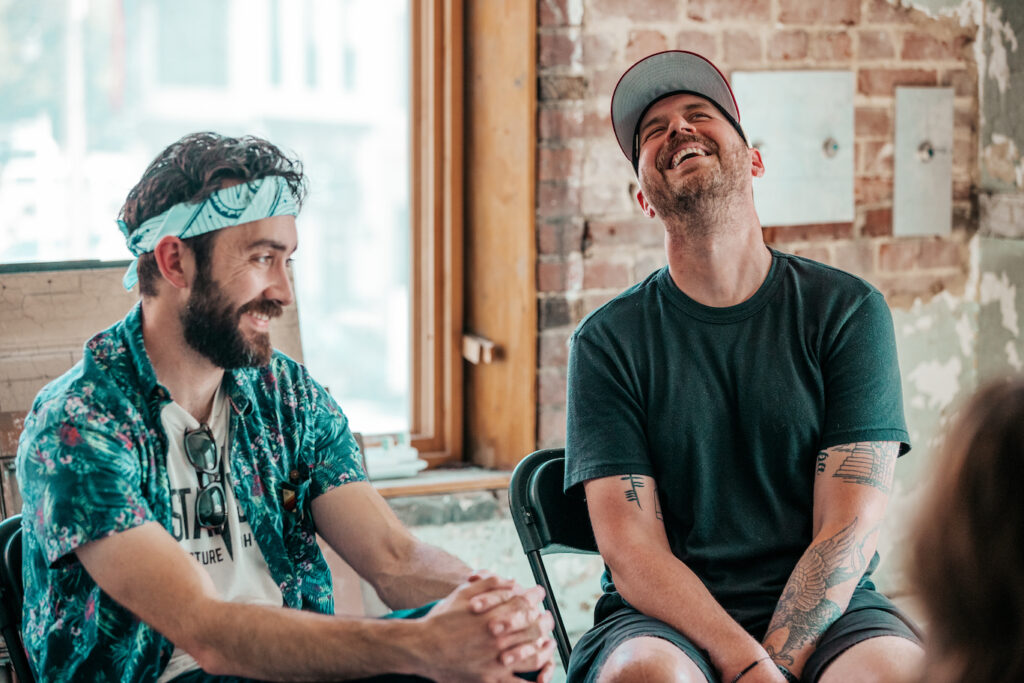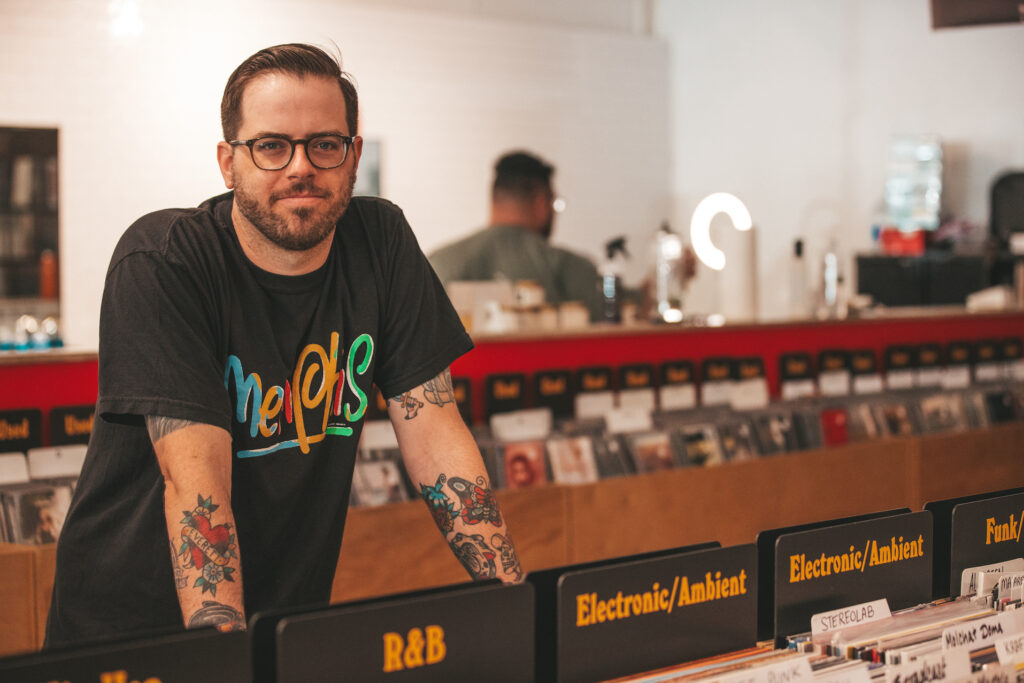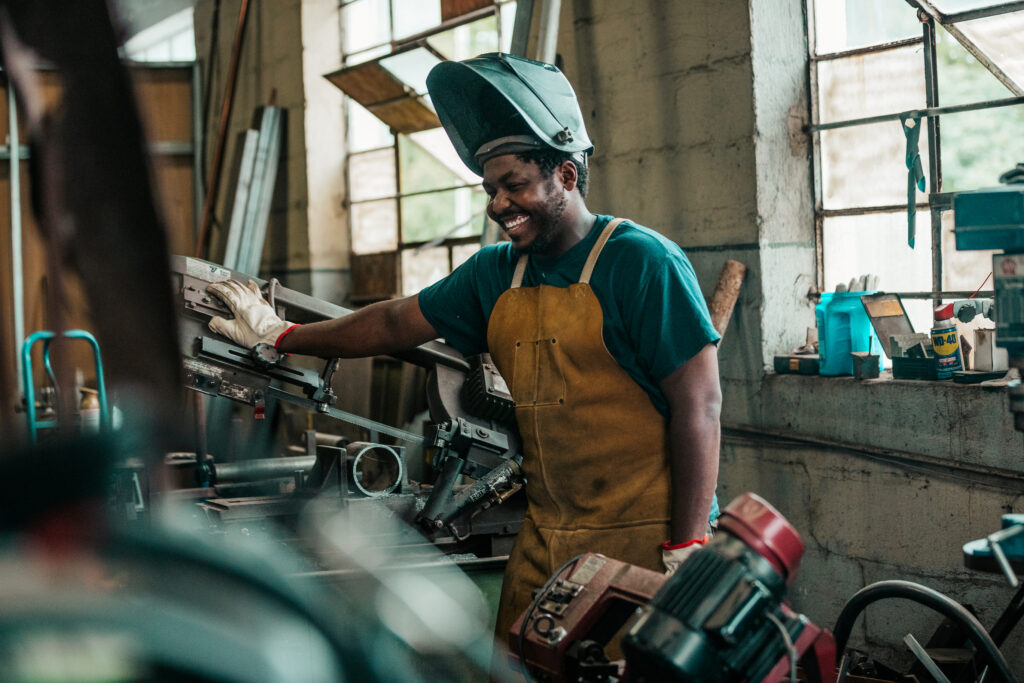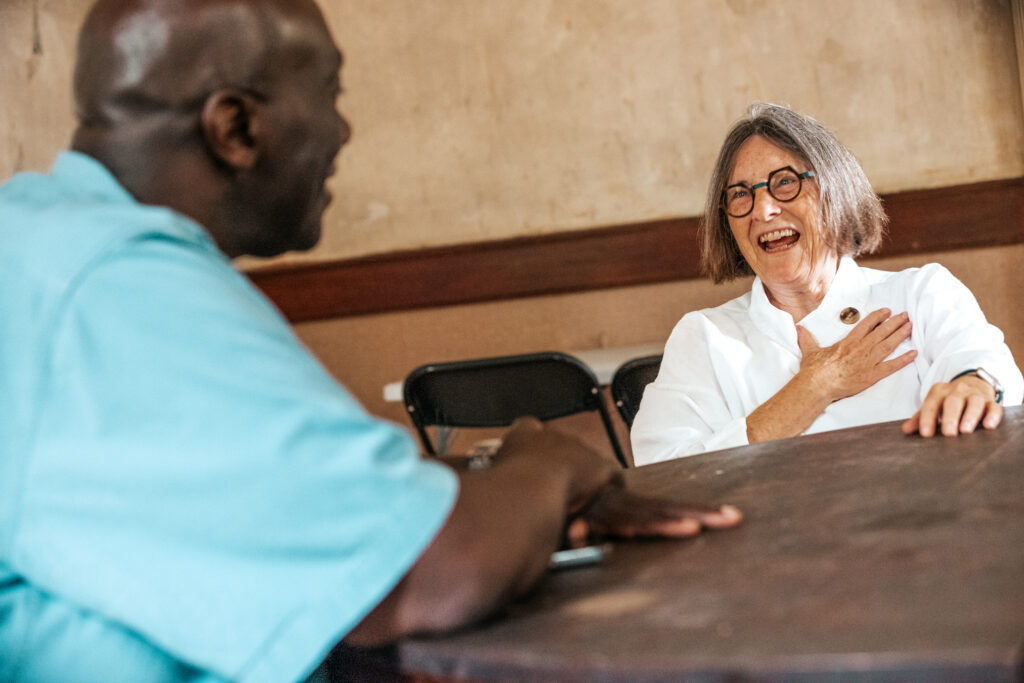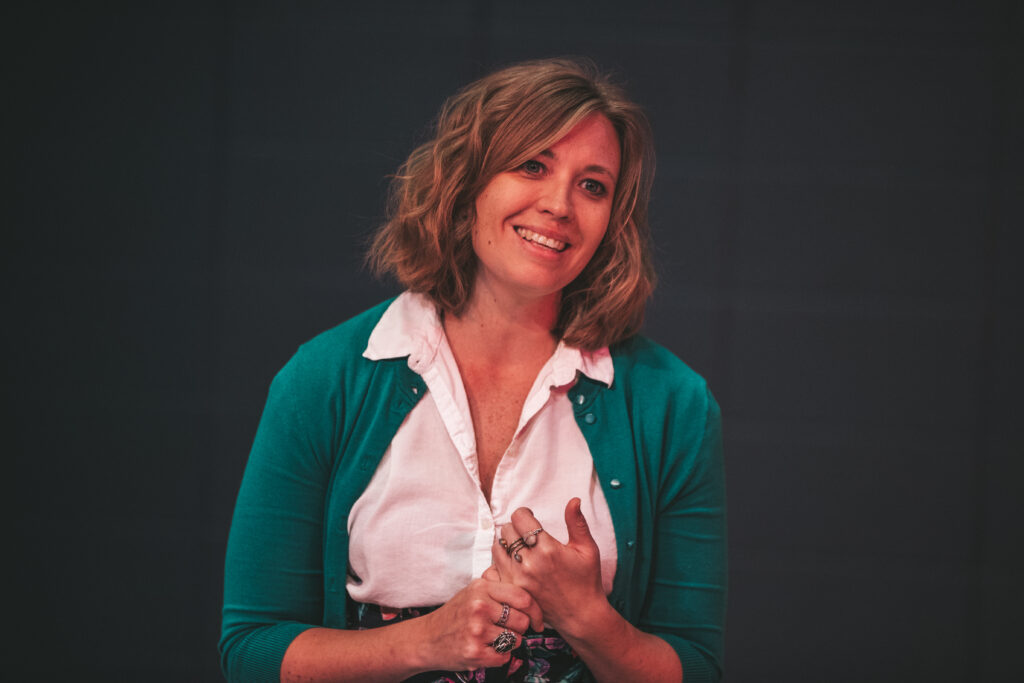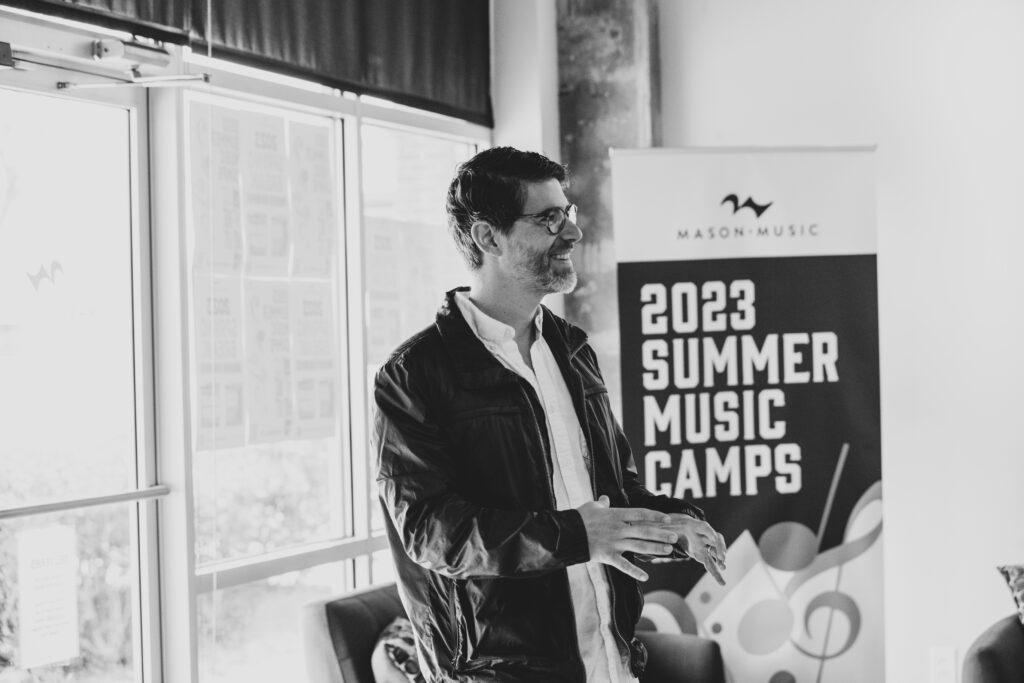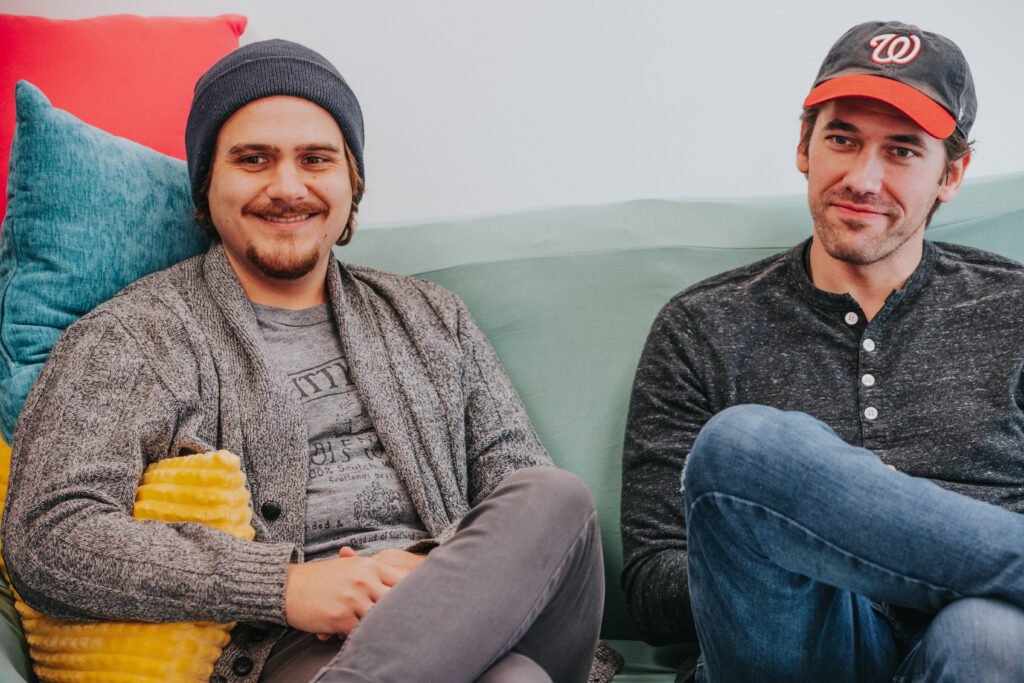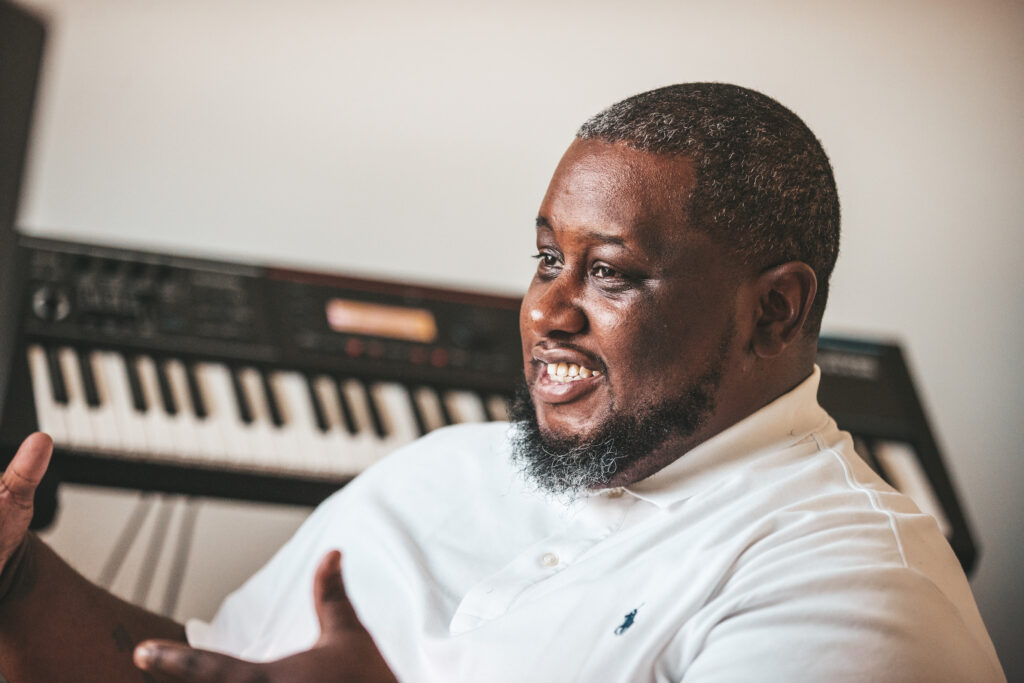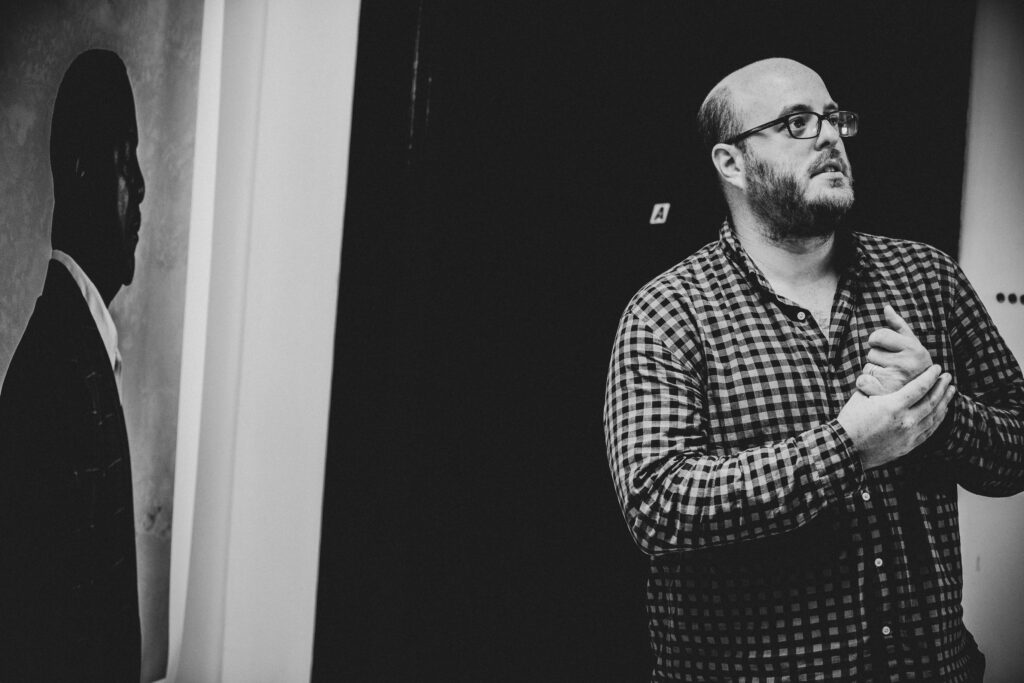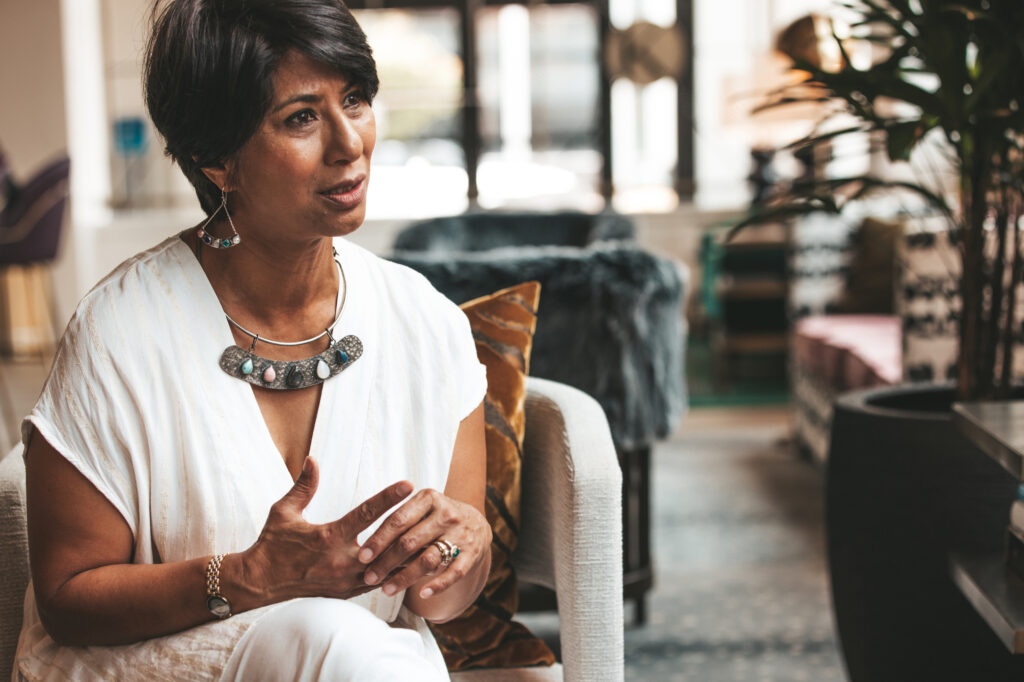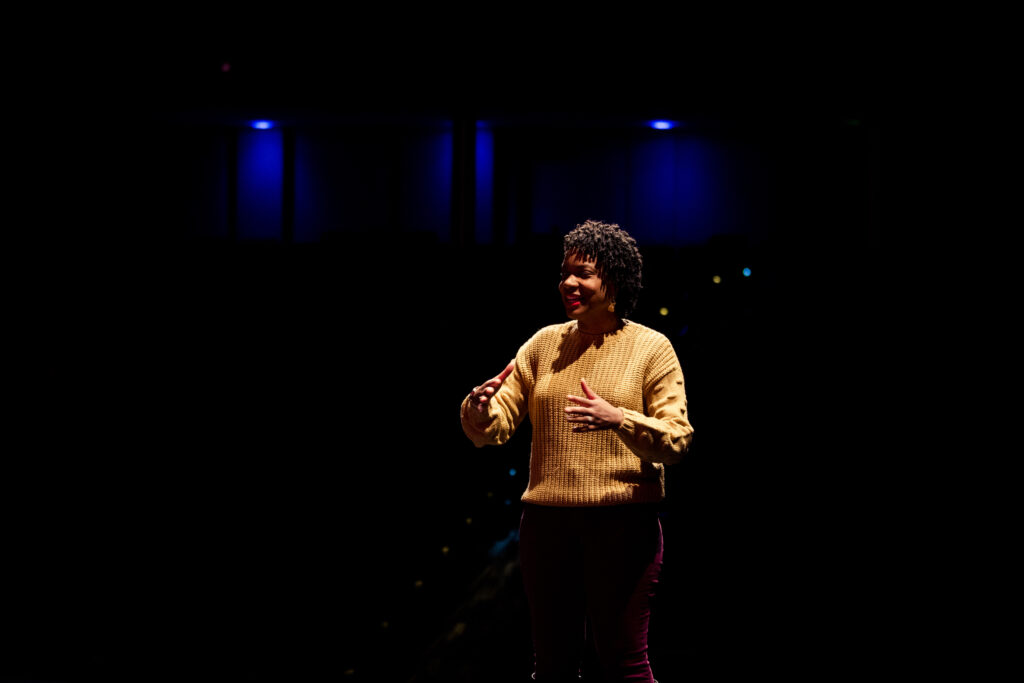Interview: Meghann Bridgeman
Photos: Ambre Amari
 Ms. Annie Bryant is the co-founder of the Bib and Tucker Sew-Op. Her work is inspired by her fierce love of community and unwavering commitment to creating safe and welcoming creative spaces for all. She’s a quilter and ceramic artist who works tirelessly to keep the Sew-Op moving forward. We had the privilege of learning more about Ms. Annie and her dedication to Bib and Tucker at the organization’s new location in Crestwood.
Ms. Annie Bryant is the co-founder of the Bib and Tucker Sew-Op. Her work is inspired by her fierce love of community and unwavering commitment to creating safe and welcoming creative spaces for all. She’s a quilter and ceramic artist who works tirelessly to keep the Sew-Op moving forward. We had the privilege of learning more about Ms. Annie and her dedication to Bib and Tucker at the organization’s new location in Crestwood.
Ms. Annie, it’s a pleasure to be with you this morning. Let’s dive right in. Can you share your history with quilting? And why is quilting important to you?
My history with quilting started back with my grandmother. She was a good quilter, and my mother learned from her. When my grandmother finished working in the fields, she’d come home and fix dinner. After dinner, she finally had her quiet time, and during quiet time she’d quilt.
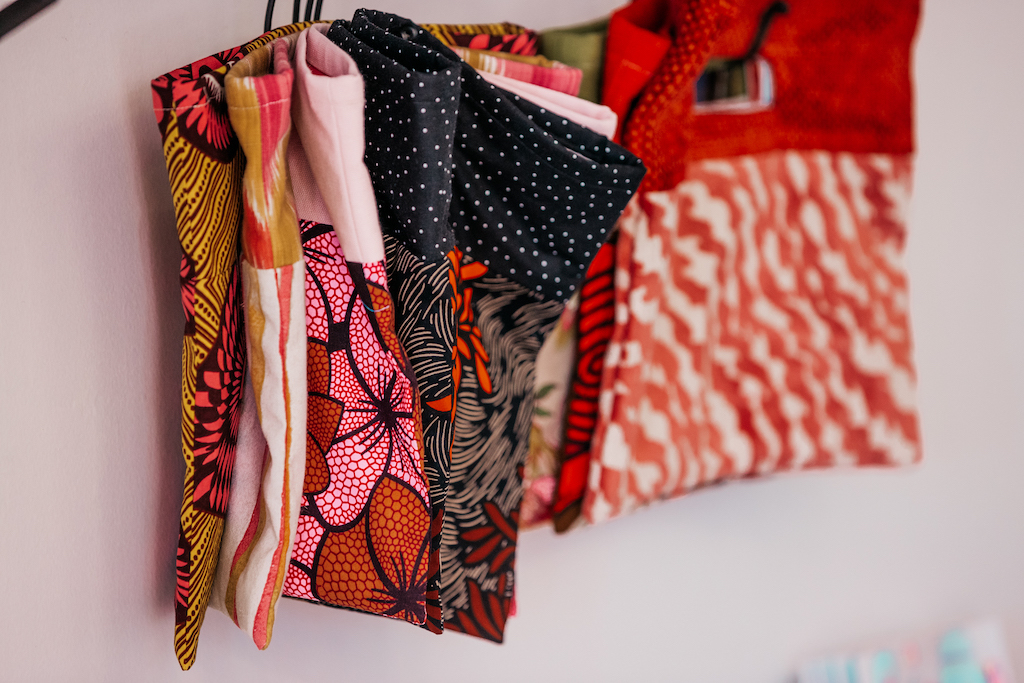 My grandmother didn’t use patterns. Her quilting wasn’t precise like it is today. She’d take old shirts and fabric scraps, or if someone passed, she’d cut squares of their clothing and put them together. Older quilters quilted in segments. They didn’t have perfect squares and circles. They just used what they had. They even picked the cotton from the field to put into the quilt. They put personality and love into their quilts with materials from their family members. It wasn’t a unique way of doing things, it was just a passed-on tradition.
My grandmother didn’t use patterns. Her quilting wasn’t precise like it is today. She’d take old shirts and fabric scraps, or if someone passed, she’d cut squares of their clothing and put them together. Older quilters quilted in segments. They didn’t have perfect squares and circles. They just used what they had. They even picked the cotton from the field to put into the quilt. They put personality and love into their quilts with materials from their family members. It wasn’t a unique way of doing things, it was just a passed-on tradition.
Quilting is important to me because It’s very relaxing and rewarding. Quilts tell a story. And as you get older, you need something to do with your hands. I lost my son and I needed something to take my mind off different things. Quilting really helps. While your hands are busy, you can interact with people, and you can share stories.
I learn something new all the time. And you can also help others at the same time. Bib and Tucker gives quilts to the YWCA and we make baby quilts too. It’s nice to help each other out while we are quilting.

When did you learn to quilt?
I was a ceramic artist first. I went to Shirley’s Ceramic School in the ‘90s. Ceramics are really good, but it’s dirty work. I have a studio in Woodlawn called my playhouse that’s for ceramics and sewing. It’s for all my creative activities. I go every day from 10:00 am to 4:00 pm.
I didn’t start quilting until I was about 50, later in life. I had the opportunity to learn from my mother, but I was always doing something else, like ceramics. I’d love to teach that again, too. Barbara Willingham, Gloria Purnell, Lillis Taylor, Shirley Hamilton, and Arlene Harmon all taught me how to quilt.
 How did you and Lillis Taylor meet, and what inspired you all to found Bib and Tucker?
How did you and Lillis Taylor meet, and what inspired you all to found Bib and Tucker?
I was at the quilters’ guild in Homewood, and Lillis was there. We smiled at each other and got to know each other. We’d start meeting up at the Library to quilt together. We never did think Bib and Tucker would get this big. We started out in Inglenook and had about six students at that time. We then moved to 55th place. Lillis is a great designer, so she started teaching me, and it all just blossomed. We’ve moved up and up. We always joke that it shouldn’t have been Bib and Tucker… it should have been salt and pepper. That’s our slang name, and it would’ve been a good name for this organization too.
What has been the most surprising outcome of the Sew-Op?
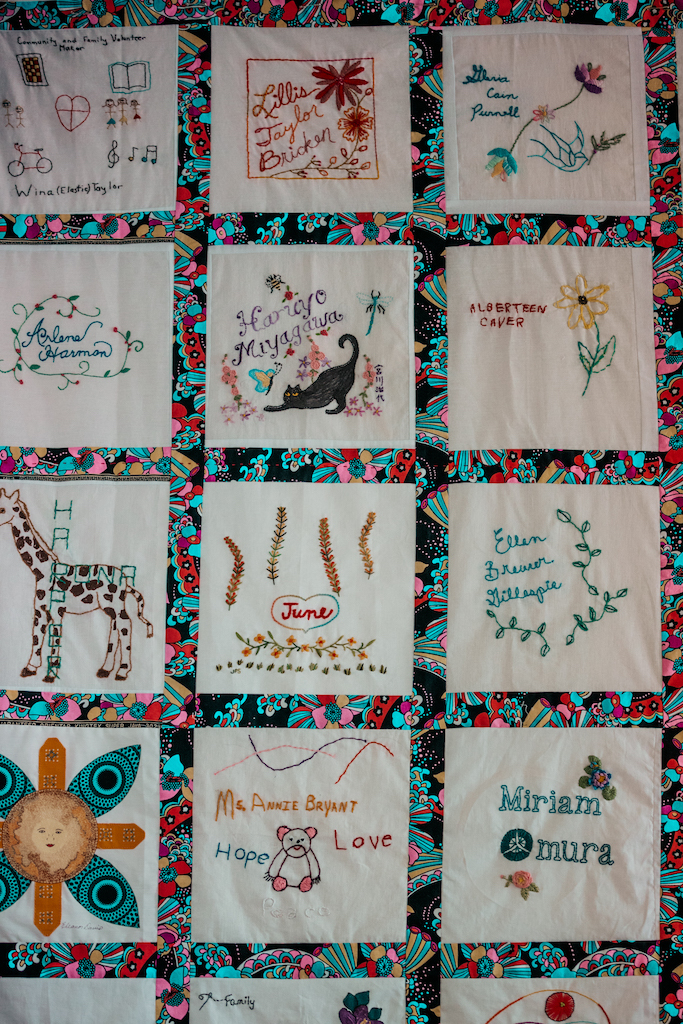
That we have met so many people, have gone to so many places, and have done so many things. We have these annual historical quilts, too, that have just blossomed. The growth has been really amazing.
Yes, the historical quilts are part of “The March Quilts” series, right? I know this is a yearly quilting project that started in 2015 with a quilt honoring the 50th anniversary of the marches from Selma to Montgomery. What other themes have you focused on over the years?
We’ve talked about many things in our quilts; some of the blocks in the Selma to Montgomery quilt were about the 16th Street Church bombing and Bull Conner. Our sewing sessions are open to the public, and that year, we met in the library at the Botanical Gardens and in other community spaces to make the squares. Last year, we celebrated year eight of the March Quilts with “(A)MEND.” The blocks on this quilt raise awareness about social injustice. We even had kids, some as young as four years old, work on blocks.
The year six quilt was done in response to the Lynch Quilts Project, and we created blocks in response to LaShawnda Crowe Storm’s 2020 workshops. The March Quilts had been communal, but we couldn’t meet in person to sew that year, which was very difficult.

In 2023, we entered the ninth year of this project with TMQ9: Generations of Queer Joy in Alabama. We have partnered with some incredible organizations to create this quilt, and I cannot wait to see it completed.
So, what is planned for the future of The March Quilts?
Going forward, The March Quilts will become its own non-profit organization and will continue to explore topics that are relevant to our communities through the art of quilting and conversation. We are excited about the future of this project and will stay committed to creating space for people to gather, share ideas, and build community.
 Bib and Tucker has been successful in bringing together multi-racial and multi-generational groups of sewers. Why do you think so many people are drawn to this work?
Bib and Tucker has been successful in bringing together multi-racial and multi-generational groups of sewers. Why do you think so many people are drawn to this work?
Well, we are friendly. We don’t meet strangers. People come here to learn. They just come and see the work and want to do it. We’re a loving group of people. When something happens to one, we show some love and try to understand it. We are there for each other. It’s not just the quilting; it’s the community.
We’re having a lot of problems with young people, and if we can get them in a space to do something with their hands, we can offer something new for them to focus on. We also make times available during the week or on Saturday so more people can come and sew with us. We want people to learn the art of quilting, the colors and structures, and self-control too. But the lessons reach beyond the quilt itself and become a never-ending life-learning process. I think that’s why so many people want to come here and quilt.

Do you have a favorite project to date?
Oh, I have many. Making squares for the four-patch quilt and the cathedral window. I also love the one we call our hot mess quilt. That one gets your attention because it has so many colors. You don’t have to worry about what goes where. It’s a great quilt for the kids, too, because you have all the colors.
Quilting has changed a lot. Now, we have so many precise patterns and tools. They didn’t have any of those tools when my grandmother was quilting. I like the quilt squares and things, but I like to go back to my history, where we didn’t worry about precision. Just do what’s in your heart and let it come out in your work. We learned how to hand quilt and not rely on a machine. I really hope we can keep this tradition going so the young people can learn.

So, my favorite projects are when people just sit down and do their thing. It’s an amazing art. You can just make a quilt out of nothing, really. Just take it and start cutting. I like the natural thing. I don’t need the fancy stuff.
There is a special project you designed that I’d also like to highlight. Can you tell us about Kayju?
Kayju, yes! For as long as I’ve been quilting, I haven’t seen an appliqué pattern of a little Black girl. Kayju is an African girl who came to America with her parents and wanted to know her history. The idea came to me in a dream. I created the pattern, and Sonya Muhammed, who leads our youth program, and Lillis Taylor helped me put our first sample together. You can go online at Bib and Tucker to buy the pattern and fabric to make your own Kayju quilt.
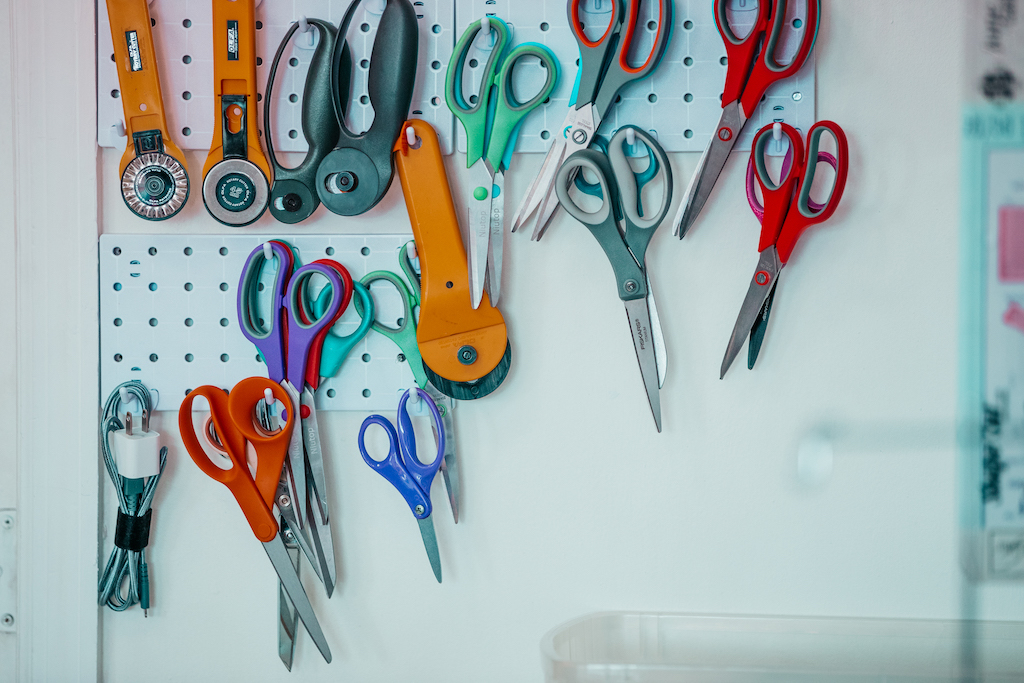
Do you think kids today are still interested in quilting? Do you ever worry about the future of this art form?
We have some great programs that bring quilting, math, and fashion together. QUARK (Quilting Activity Resource Kit) is a program that we do with students and will hold workshops at West End Academy in the spring. Recycled Runway is another program that we do with our youth, and it is led by Sonya Muhammad. Sonya teaches the students how to use clothing and fabric to create a one-of-a-kind piece of clothing that is shown during a fashion show. This year’s showcase will take place at the Birmingham Museum of Art in April.
There are some other people in the community doing good work with kids, too. Juliet Watts has a group of children that come after school to the Avondale library. It’s a group of boys and girls that come and learn to quilt. She teaches crocheting and quilting. There is also Shirley Forrest, at the Springville Library. She’s a very interesting lady who volunteers. She’s about 84 and teaches once a month on Fridays.

When kids come to quilt, it keeps their minds off other problems. Kids are inquisitive and like asking how to put a button on a shirt or hem their dress. So, there are a lot of lessons they can learn once they engage with sewing.
Is there a quilter you admire most?
I like the Gee’s Bend Quilter Collective quilters. And Theresa Johnson, who is a teacher and structured precise quilt maker. I love the community she’s built.
Do you have any words of wisdom for people who don’t know how to quilt or perhaps are intimidated to come in and give it a try?

Come on in. We’ve got a place for you. Nothing is wrong. If you don’t know how to do it, just ask. We’ll show you. We don’t know everything, but there is usually somebody who knows a little bit more than you do, and we’ll help you in any way we can.
We’re not all about quilting quilts. We also do embroidery, making purses, pillows, and other things that you want to make with your hands. We don’t rush you, either. You take your time and go at your own speed. It doesn’t take long to teach people how to put blocks together. We continuously have new students come through the door, and we love to help them.
Any final thoughts you want to share with our creative community?
We have so much work to do. We have to stay strong and come together and help other people. I worry about the future. Parents have to work so hard, and I worry about what children are left with. We have to get busy. Places like the Sew-Op give us hope.
